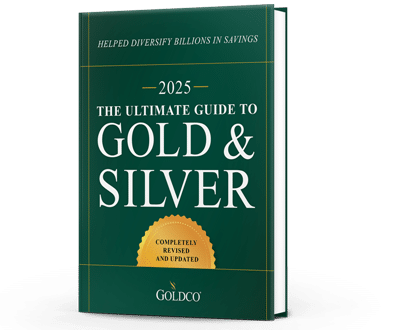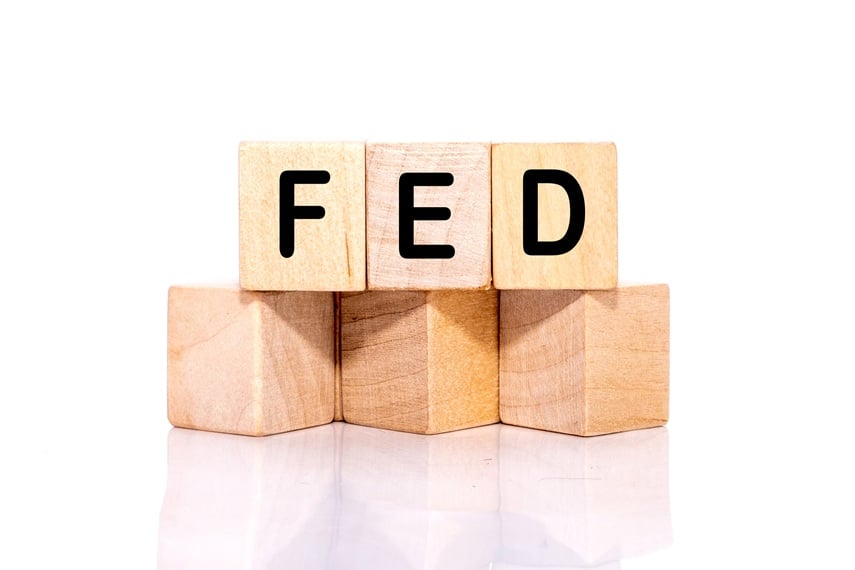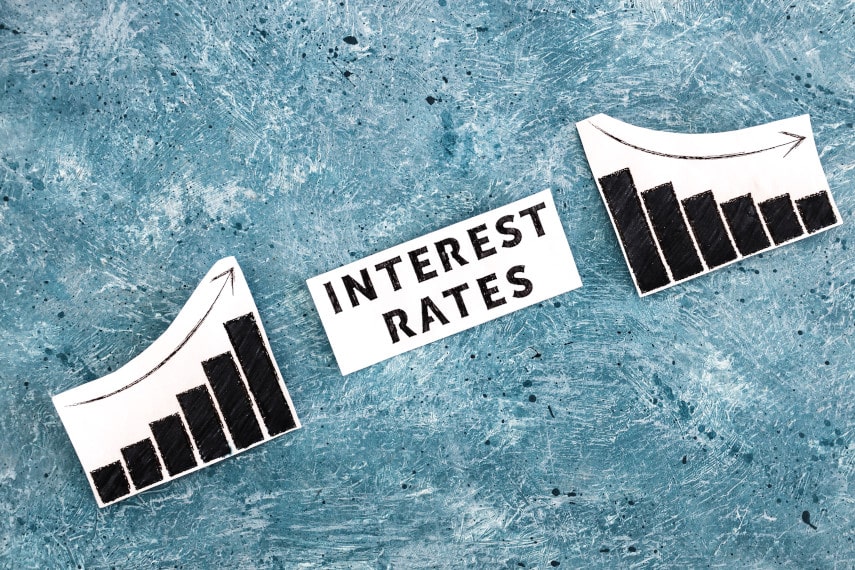
As much as the Federal Reserve doesn’t like inflation, there’s one thing it seems to like even less: you making more money. Say what? Hard as it may be to believe, Federal Reserve officials think that you making more money is detrimental to the health of the economy.
Two senior officials have made that claim over the past few weeks, Federal Reserve Chairman Jay Powell and Fed Governor Christopher Waller. You may be wondering why they’re so down on Americans making more money. Here’s why.
Inflation, Wages, and the Labor Market
There isn’t a person in the country who hasn’t been impacted by inflation so far. And for most people, the effects of inflation have been incredibly negative. The prices of food, gas, and housing have increased significantly, while wages haven’t. Since inflation first started becoming noticeable in April 2021, the overall consumer price index has risen over 12%. Meanwhile, average hourly wages have increased less than 8%.
And don’t forget that averages often hide the truth. Big gains to well-compensated technology and financial services employees can pull those averages up, even if most workers haven’t gotten raises. For many people at the lower end of the economic totem pole, even the higher wages that they’re seeing today haven’t been enough to make ends meet. And an increasingly large number of high earners are themselves living paycheck to paycheck.
Anyone who has had to deal with the realities of inflation understands the pain that Americans are feeling today. And they understand the natural desire to see higher wages. Yet the Fed thinks that’s problematic.
Chairman Powell, in his speech to the Brookings Institution, stated that “nominal wages have been growing at a pace well above what would be consistent with 2 percent inflation over time,” which is a little puzzling. Yes, wage growth has picked up, but it hasn’t kept pace with inflation. Perhaps Powell is worried that wages will continue to grow even after headline inflation figures begin to fall, as in his footnotes he worries that rising wages are leading to higher costs in areas such as housing, thus putting upward pressure on prices in those markets.
Waller expressed similar concerns in his remarks in mid-November. In particular he stated that “Wage growth has been a contributing factor to inflation, especially in the service sector, so it is important to get the labor market into better balance to bring future wage growth down to a more sustainable level that will assist in moving overall inflation lower.”
In other words, “Inflation’s not our fault because we created trillions of dollars out of thin air, it’s the fault of rising wages and other factors.” These statements from Powell and Waller encapsulate everything that is wrong with modern economic orthodoxy.
What Inflation Is and Isn’t
Inflation as traditionally understood in neoclassical economics was an increase in the money supply. The effect of inflation, all other things being equal, is a rise in prices.
Modern mainstream economics has gotten causation backwards. Now the rise in prices is defined as inflation. That allows the Fed and other central banks to deflect blame from their own inflationary actions, because there are numerous other things that can occur to cause prices to rise.
Shipping and transportation delays, poor crop harvests, and natural disasters can all play a role in affecting prices throughout various sectors of the economy. So in modern economic parlance all of these can be deemed to be potentially “inflationary.”
Powell and Waller are in one sense correct in that wage growth can be considered inflationary in the way that modern economists consider the definition of inflation. Because rising wages can result in higher prices for goods or services as businesses look to cover their costs, wages can boost “inflation” when inflation is defined as a rising price index.
But here again, Waller and Powell are getting causation backwards. Why are wages rising?
Yes, they’re correct on the one hand that there is some labor market tightness that is helping contribute to rising wages. The labor market still hasn’t adjusted to the post-COVID normal, and businesses have had to raise wages to try to attract labor in a market in which labor is scarce.
But rising inflation is also spurring upward wage pressure, as employees are demanding larger raises to try to keep up with inflation. Those who don’t get the raises they want may quit and look for bigger salary increases with other firms.
This upward pressure is almost necessarily going to lag price increases, as employees will first have to assess how badly they’ve been impacted by inflation before they request a raise. It’s also due to the time aspect of inflation, in that those who are most negatively affected by inflation are often the last to benefit from all the new money circulating in the system. In other words, the last people to see wage increases are those who get them after prices have already risen.
These wage increases are also a type of feedback loop. Money supply increases drive prices up, employees demand higher wages, those higher wages drive up the cost of goods and services, the people who consume those goods and services demand higher wages, which drives up the cost of the goods and services they produce, etc. You can see how the cycle operates.
But while wage increases may impact prices by causing them to rise, they aren’t a main driver of inflation. They’re a reaction to inflation. By missing that, the Fed is going to end up pursuing policies that end up suppressing wage growth.
That means continuing to raise interest rates until the economy slows, unemployment rises, and the threat of recession either increases or materializes. The Fed doesn’t like the tightness in the labor market, so by pursuing policies that increase unemployment, the theory goes that that should reduce upward wage pressure.
You can see the danger in pursuing that kind of policy, as it means deliberately steering the country into a collision course with recession. And any miscalculation could end up with a much more severe impact on the labor market and the economy than the Fed intended. The Fed is playing with fire here, and American workers stand to lose out as a result.
What Are You Going to Do?
Knowing all this, and knowing that the Fed sees wage growth as a bad thing, how are you going to respond? The Fed is being about as clear as it can be that it wants to continue hiking interest rates, that it’s going to hike rates higher than most people previously expected, and that it’s not just going to look at inflation figures but also at labor market figures such as wage growth in determining its policy.
While markets thus far have discounted much of the hawkish rhetoric and assume that the Fed will pivot and start easing policy soon, it’s hard to believe that could happen. Even if the US faces a recession next year, if inflation hasn’t come down significantly and gotten close enough to 2% that the Fed feels comfortable ending its tightening, it’s more likely that the Fed would slow the pace of rate increases or just stop hiking rates altogether rather than return to cutting interest rates.
Of course, all of this is just conjecture at this point. A year ago, who could have foreseen that the Fed would end up hiking rates as high as it has? Certainly not Fed policymakers themselves, who at their December 2021 FOMC meeting predicted a range of 0.4-1.1% for the federal funds rate. Instead we’re now at 3.75-4%. Whoops!
All of this is to say, we’re entering a period of potential turbulence in the economy that could end looking like a repeat of 2008. Pay attention to what the Fed is doing because, like 2008, its actions could end up being the most important determinant of how the economy performs. And if you haven’t already taken steps to protect your savings and investments, you might want to start thinking about that before its too late.





